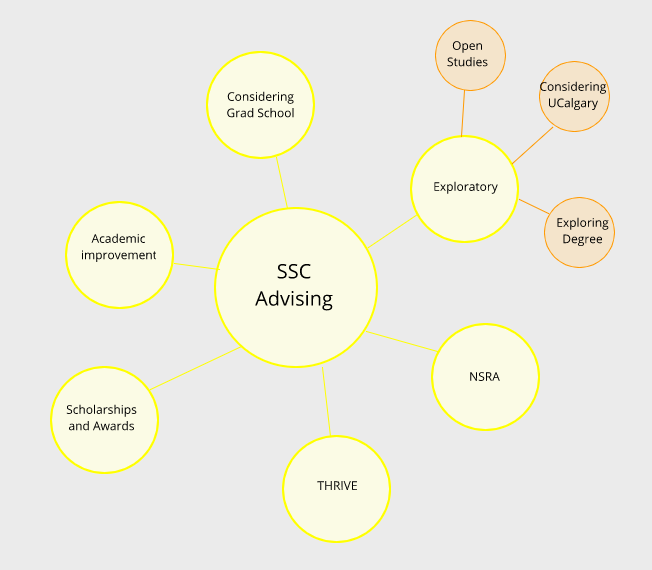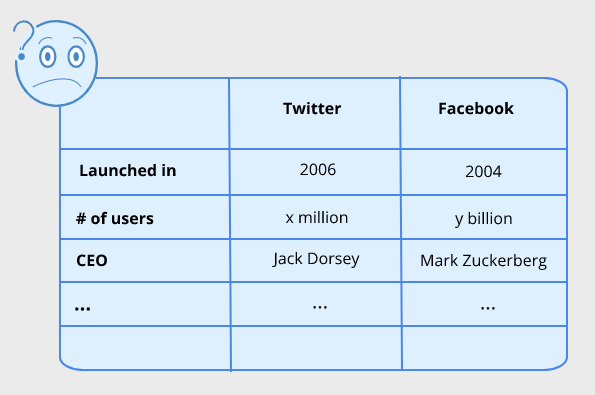Aug. 21, 2021
How to take and organize notes effectively


Figure 1 Cornell Method (Illustration: Yawei Zhao)
Cornell method
You'll divide a page into three sections: a notetaking column on the right side, where you’ll jot down notes during a lecture; a cue column on the left side, where you’ll condense your notes into some key takeaways and test questions after a lecture, and a summary row at the bottom, where you’ll summarize all the notes on this page into one or two sentences, equations, or diagrams after you revisit your notes.
The Cornell method is good for lectures where a lot of examples are provided to support a few central arguments. This method is particularly useful for courses in social science such as anthropology, sociology, philosophy, and political science, as it will encourage you to review and reflect on your notes on a regular basis. Regular review helps you understand the key concepts/theories while remember the details.

Figure 2 Mapping Method (Illustration: Yawei Zhao)
Mapping method
Mapping allows you to group and connect your notes in a graphic way. An advantage of this method is that it helps you visualize how the information from the lecture relates to other concepts. This method is flexible: as you can easily add/remove/edit branches in your map. You can also use color coding to differentiate groups of information.
This method works the best for lectures where a lot of ideas/theories are introduced. It can be along side the outlining method to record extra details. Bear in mind, however, that each point needs to be very concise, otherwise the map will be messy and hard to follow.
You may want to try MindMup if you plan to use the mapping method on your electronic devices.

Figure 3 Charting Method (Illustration: Yawei Zhao)
Charting method
This method asks you to organize your notes into a table. The number of columns and rows depends on what you record. You need to categorize the information in a sensible way, so the table you create can be meaningful when you come back to it.
As charting requires some thinking, you may use this method only after a lecture to re-organize your notes. This method is useful for courses that cover a lot of structured facts such as philosophers in different historical periods and their contributions or different social media platforms and their pros and cons.
--
Taking organized notes can improve your understanding of course materials and help you prepare for tests or exams. Try these methods in your next class and see which one(s) works best for you!
